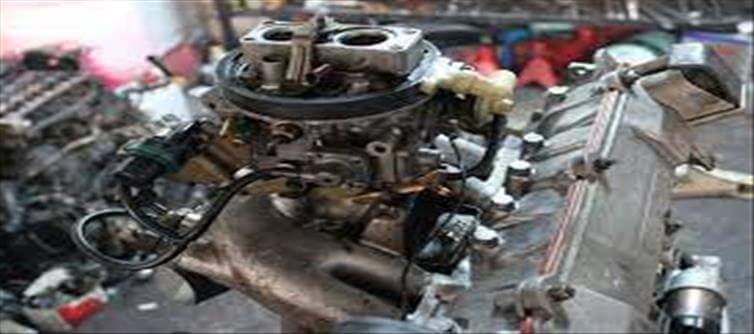
Engine failure, also known as engine seizure, is a serious problem that can occur in all types of machinery, including vehicles, airplanes, and industrial equipment. There are several main causes of an engine seizure, each stemming from different factors and circumstances.
One of the most common causes of engine seizure is poor lubrication. Engines rely on a continuous supply of oil to reduce friction and prevent excessive heat build-up. Without proper lubrication due to oil leaks, low oil level or an oil pump malfunction, the engine's moving parts can rub against each other, which can lead to engine damage, increased friction, overheating and eventual engine failure.
Another cause of engine stalls is overheating. Engines generate a significant amount of heat during operation. If the cooling system does not effectively dissipate this heat, overheating and damage to engine components can result. Factors such as a faulty thermostat, damaged radiator, or defective radiator fan can lead to overheating and possible engine damage.
Poor maintenance practices can also lead to engine seizures. Neglecting to change the oil regularly, ignoring the warning signs of engine failure, or not correcting minor problems promptly can cause engine performance to decline over time. This negligence can eventually lead to serious damage and total engine failure.
Finally, contaminated fuel or debris getting into the engine can also lead to engine seizure. Impurities in the fuel, such as water or dirt, can disrupt the combustion process and damage engine components. If a foreign object, such as a loose bolt or broken machine part, enters the engine, it can cause instantaneous damage and seizure.




 click and follow Indiaherald WhatsApp channel
click and follow Indiaherald WhatsApp channel